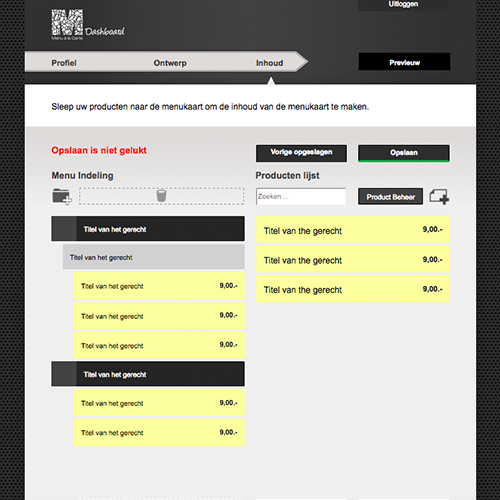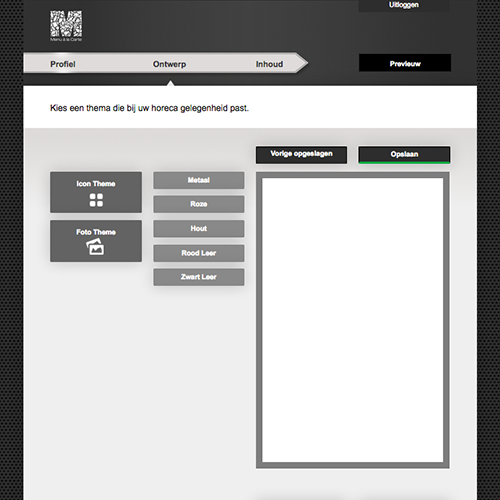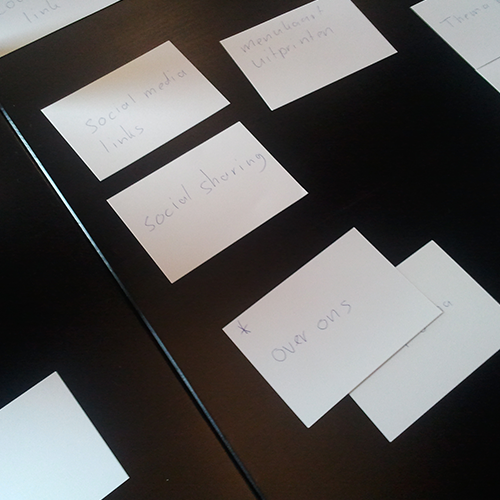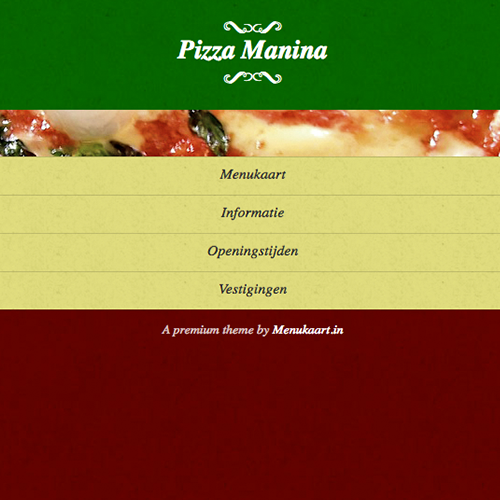A La Cart
Content forthcoming. Stay tuned for updates.
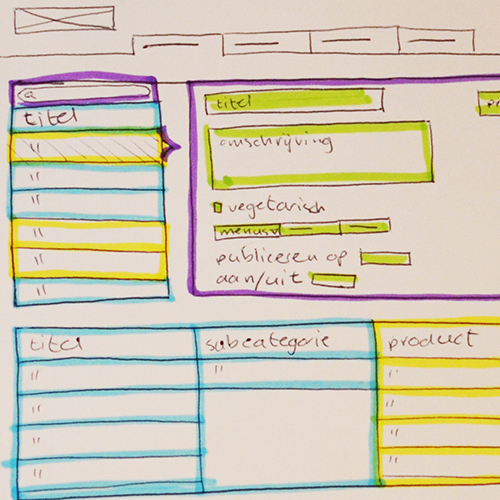
Menu A-La-Carte has traditionally supplied the hospitality industry with print materials such as menus, loyalty cards, posters, flyers, and more. Now, A-La- Cart is expanding its services to include an online option for its clients, providing a method for them to easily showcase their menus online.
For this project, a multidisciplinary team consisting of 2 designers and 2 developers, including myself, was assembled.
We utilized Scrum methodology and embraced a Mobile-first strategy
Research and Brainstorming
To better grasp the project, we conducted Card-Sorting, first with the client and then with hospitality entrepreneurs. From these sessions, we set the following end product goals:Content forthco
- Allow visitors to view the menu at any time.
- Ensure the menu is accessible internationally with support for multiple languages
Using the MoSCoW method, we determined the types of functions the client would like to see in such a product. Additionally, the menu composition was guided by this method. It was encouraging to see that hospitality entrepreneurs were receptive to the idea of an online menu. Some even expressed interest in replacing their entire website with just the online menu if it were to be developed. We quickly realized that we were targeting not just one but two distinct groups: hospitality businesses and their customers.
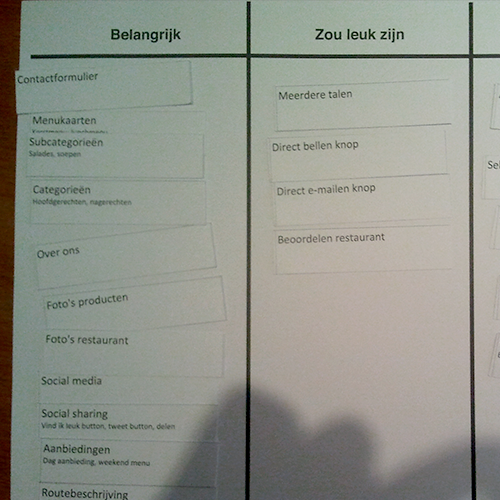
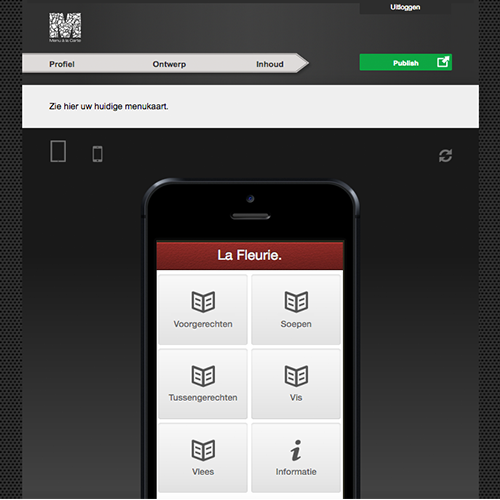
CMS and front-end
Simultaneously, I designed the CMS for hospitality owners to input their menus. Once we had a clear vision of the front-end and its contents, the CMS was brought to life, allowing entrepreneurs to easily manage their data.
After choosing a mock-up, we swiftly developed and tested its usability. Through Scrum sprints, it evolved into an interactive wireframe using Axure Pro, which underwent usability testing again. After refining, it became an HTML&CSS version with graphic design elements.
The design guides users through four key steps: entering general information, choosing menu graphic styles, structuring the menu, and previewing it. Unlike the front-end, the back-end isn’t responsive, as users typically create menu cards on laptops or desktop computers, as per our research.

